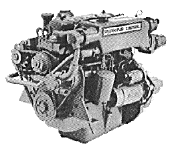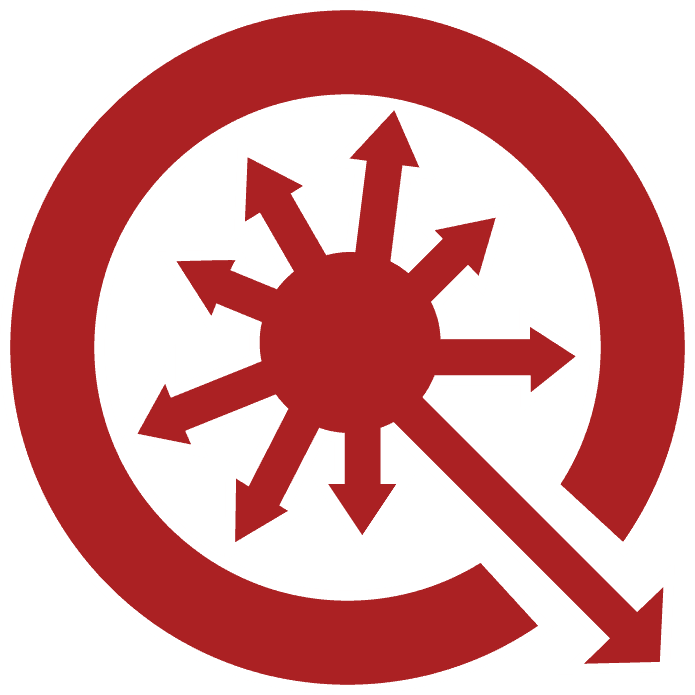Helpful tip to help prolong the life of your engine
 One key operation in rebuilding an engine is reconditioning the connecting rods. Because diesel engines ignite by compression, the connecting rod dimensions are very important. As a result, connecting rod reconditioning is a critical part of all diesel overhauls. Upon teardown, the old connecting rods are inspected, magnafluxed, checked for alignment, parting surfaces re-machined, and new rod bushings installed and pin-fit. At the same time, the rod bolts are measured for stretch. This is all normal, day-in, day-out activity at any reputable heavy-duty engine facility.
One key operation in rebuilding an engine is reconditioning the connecting rods. Because diesel engines ignite by compression, the connecting rod dimensions are very important. As a result, connecting rod reconditioning is a critical part of all diesel overhauls. Upon teardown, the old connecting rods are inspected, magnafluxed, checked for alignment, parting surfaces re-machined, and new rod bushings installed and pin-fit. At the same time, the rod bolts are measured for stretch. This is all normal, day-in, day-out activity at any reputable heavy-duty engine facility.
The purpose of this Tech Tip is to introduce a new technique to prolong engine life, to address concerns specific to Perkins connecting rods, and to propose some solutions. These solutions have been developed over the last 100 years and have been helping people like you with engine problems.
Pin Bushing Failure
Piston pin bushings can turn and spin in their housing bores. Engine failure quickly results. To prevent this, we suggest when new rod bushings are installed in a reconditioned rod, they be expanded to contact and conform to the small end bore. To expand this bushing, simply press a hardened steel ball through the ID of the pin bushing.
We advise using a ball .005″ larger than the ID and an old piston pin smaller than the inside diameter of the bushing to push the oversize ball through. This broaching operation will enlarge the bushing OD to follow the contour of the housing bore. This will lock it in and prevent spinning. If you heat the rod to install the new bushing, we recommend that you allow the rod to cool before pressing in the steel ball. For Perkins 4.236, 4.248, and 6.354 engines you can use a hardened ball 1.366 in diameter to broach these Perkins piston pin bushings.
Serrated Mating Surfaces
Often, in connecting rod reconditioning, the rods are disassembled and the rod caps are cut on a cap grinder. Perkins rods present problems though, because their rods have serrated surfaces where the cap mates to the rod. They cannot be ground on a cap grinder. Some people have suggested hand-filing these surfaces to recondition them. We feel that this is slow and inexact in a critical area. (Remember: diesels fire by compression and rod heights or center-to-center distance is critical.)
Solutions
For the average shop that doesn’t specialize in heavy-duty rod reconditioning, Foley can help. We stock reconditioned rods on the shelf ready to ship. We also have official Workshop Manuals with all the specs that we can UPS to you.




